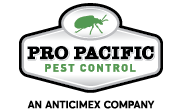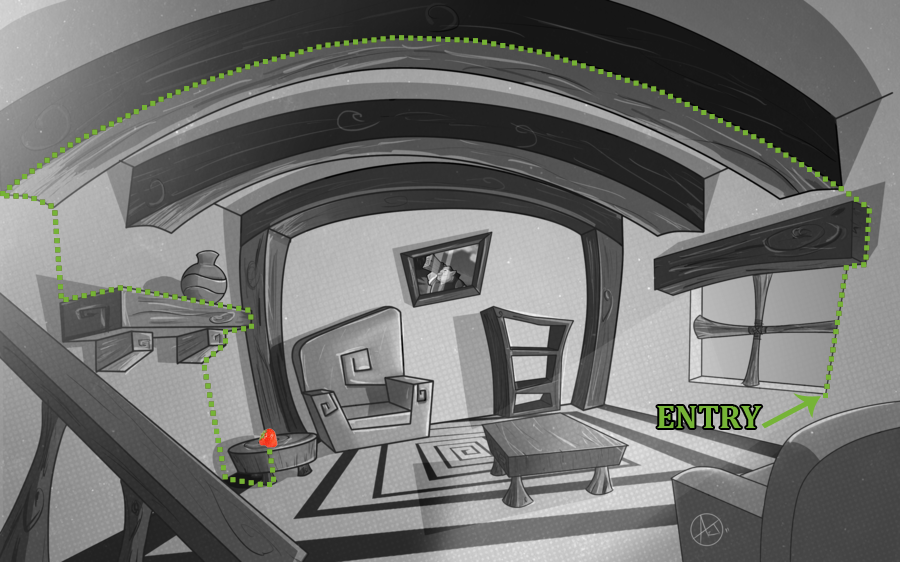How Ants Easily Find Their Way Into Homes – Everytime
In preparation of the warmer weather in spring, preventative measures should be taken for the expected influx of insect presence in homes. Common prevention techniques like keeping food resources off the counter, cleaning liquid spills promptly, storing sugar in a sealed container, or distributing insecticide granules on the lawn can be effective.
Depending on your geographical location and thoroughness to keep bugs out, your home may still be invaded by pests. Particularly, ants seem to slip through the cracks (literally) when it comes to preventative methods.
So how do ants continually find their way into your home? Well, understanding what attracts ants, how they travel to the attractant, and their means of communication during their journey, will be much helpful in effectively controlling an ant infestation. Then, you will be able to eliminate the source of the ant problem, instead of putting a temporary fix to the problem. First off…
Are You Guilty Of This…
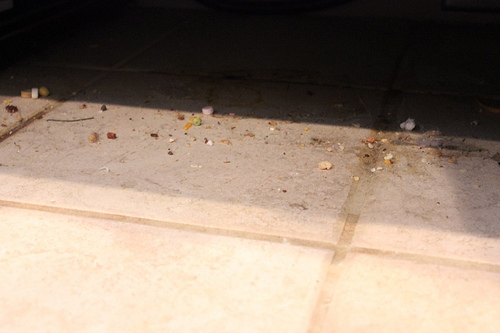

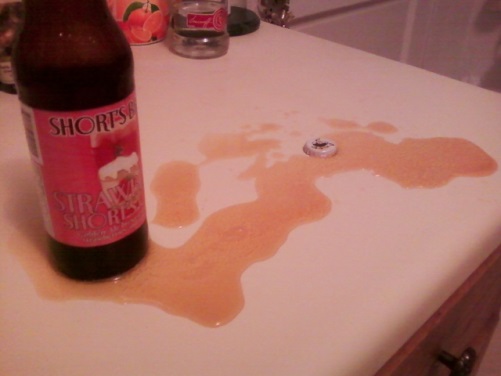
And don’t do anything about it! Ants might not be the only problem you are facing if these scenarios aren’t cleaned up right away. While your situation might not be as explicit as these examples, it is necessary to clear any liquid or food (visible or not) in your home to effectively keep ants out.
While ants can sense food particles or syrupy drinks, they only eat anything that is not solid – they’re on the liquid diet. The narrow connection between their thorax and abdomen make it impossible for solids to pass. However, they will carry the bits of food back to feed the larvae. The larvae then regurgitate the digested nourishment which the worker ants will feed to the rest of the colony.
Their feeding habits are very communal and the reason why bait insecticides are so effective in controlling an entire ant colony.
What You Can Take From This To Control Ants: If one ant eats the bait, it will be shared with the rest. Distributing baits in ideal locations can be an effective strategy for eliminating an ant infestation.
How Do Ants Find Food
The initial discovery of food is a random hunt by worker ants that set out in opposite directions from the nest. While on their hunt, trail pheromones are put out as a navigational device to guide them back to the nest. As a result, the ant that finds food first will head back to the nest with its findings, again leaving a pheromone scent on its return route.
Eventually, the scent on the trail to food will become the strongest because it is heavily trafficked – with each ant leaving their pheromone mark. Workers that set out of different paths will eventually abandon theirs and follow the stronger scent. This will be the main pathway to food resources and is called the trunk route – used every day by ants.
In the series of images below, the light grey lines symbolize the pheromone trail left behind by each ant. The path that leads to the strawberry begins to darken (meaning a strong scent) as the ant reapplies more pheromones each time the route is traveled. The other ants pheromone trails will begin to fade (lighten on map) as they abort their search and join the trunk route to the food – also leaving behind more pheromones.
What You Can Take From This To Control Ants: There is not an arbitrary method that ants use to get to the food once it has been discovered. It is a systematic process that you can use to your advantage. Follow the trail from the food or liquid back to the nest for insecticide treatment at the source.
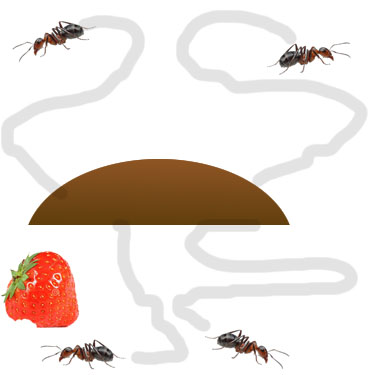

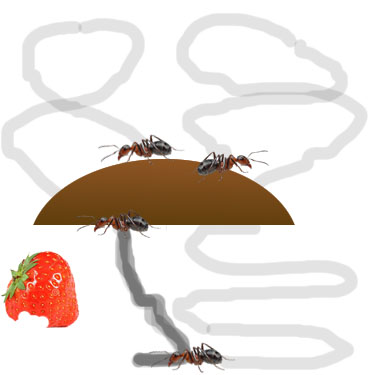
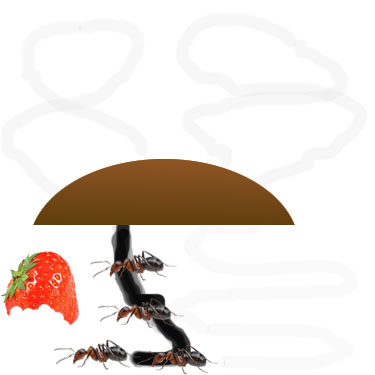
Common Travel Methods For Ants
The route to food and liquid resources is almost never a straight line. Instead, these tiny insects use structural guidelines to orient themselves during travel. There are four different types of guidelines they will follow: bilateral-elevated (rounded edge), bilateral-depressed (rounded grooves), unilateral-raised (sharp edge), and unilateral-depressed (inner corner).
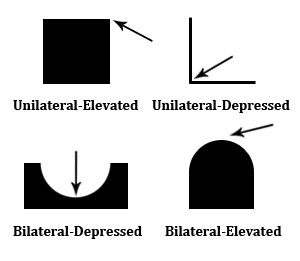
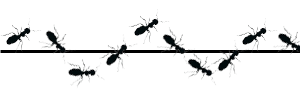
Bilateral-elevated guidelines include round or curved outward objects like wire, tree branches, and hoses. Bilateral-depressed objects are groove-like such as cracks in sidewalks or walls or indentions in tree bark. Unilateral-raised are where two planes meet to form a corner like on a counter, sidewalk, brick, or board. Unilateral-depressed is anything that forms a right angle like baseboards or where the ground or ceiling joins at the wall.
In previous studies, ants use structural guidelines for more than 80% of their routes.
In the illustration below, the green, dashed path is the route of an ant from the entry point to the food source. A majority of the route follows a few of the structural guidelines mentioned above. Also in the below illustration, the route depicts a straight path, however; ants travel in wavelength form over the guideline. This allows them to orient the position of the guideline. The example above illustrates the side-to-side movement of ants along the path.
What You Can Take From This To Control Ants: Following an ant trail is not always a straight line from point A to point B. Understanding the navigation and traveling habits of this insect will enable you to accurately determine the entryway of the problem. Consider the different types of structural guidelines when tracking where ants are entering.
Putting Your Knowledge to Use
Now that you how ants find food, the routes they use to get to the food, and how they share the food with the rest, you can establish an effective control method to keep these critters out.
Start by cleaning any potential food sources from floors, counter tops, tables, pantry, and cabinets. If you spot an infestation, you will want to target the source. Follow the trail while keeping the trunk path and structural guidelines in mind for successful tracking. Once the origin of the problem is identified, use recommended insecticides to eliminate the problem.
Please leave any questions or comments regarding this guide in the comments below. Look forward to chatting with you!
Related: What Attracts Rats and Mice Into Your Home or Garden?
